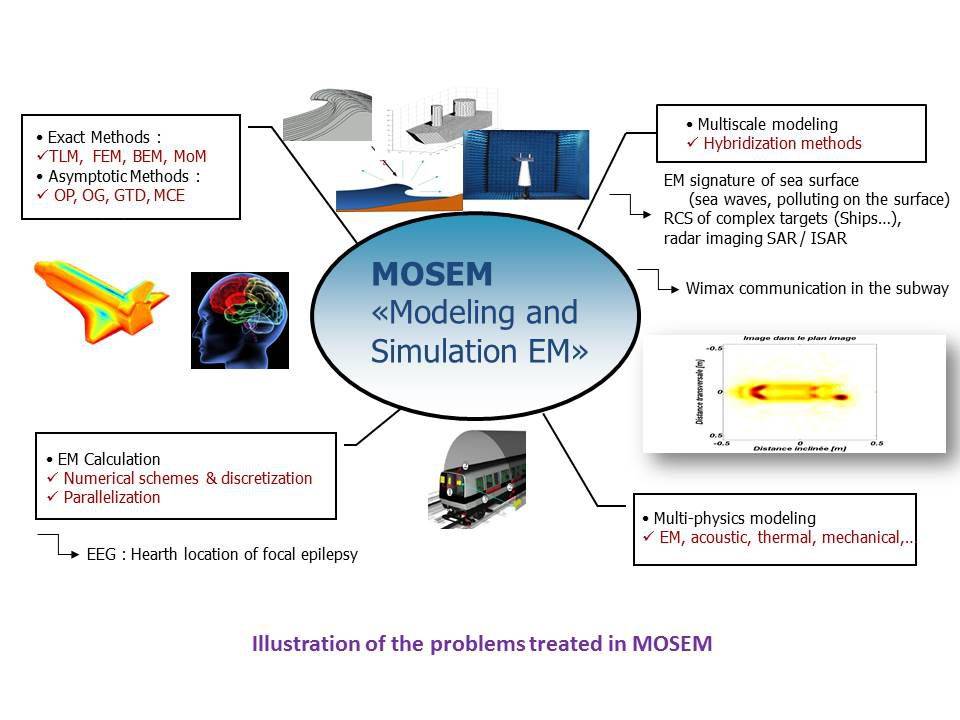MOSEM theme

Despite the rise of computers, the complexity of the problems to be solved is growing even faster and we face the limitations of the software currently available on the one hand and, on the other hand, faced with conflicting results for some complex structures that need to accurately simulate both the overall behavior of the structure and phenomena in great detail.
In the multi-scale scenarios, conventional computational tools are thwarted due to the emergence of poorly conditioned problems and often intractable. The development of well packaged formulations are stable, massively parallel and consistent multi-scale is one of the major challenges of the electromagnetic current calculation.
Research activities around electromagnetism and associated numerical calculation is divided into three main topics:
- The development of asymptotic approaches, empirical models, semi-empirical, allowing in particular to aim for real time applications, or hybrid methods to expand the scope of electromagnetic simulators for multiscale problems.
- Development of new numerical schemes and discretization to improve the numerical stability properties, packaging, convergence, accuracy or to reduce the complexity of calculation.
- Multi-physical models that combine with other electromagnetic phenomena such as acoustics, thermodynamics or mechanics.
These guidelines are applied to numerical methods including solving equations is performed according to the formulation (integral, differential or variational) in the frequency domain (finite element method, method of moments) or time (TLM methods, FDTD and MRTD). There are cases limits the ends of the spectrum: the asymptotic methods such as GTD (ray method), physical optics when the wavelength is very small compared with the dimensions and the static or quasi-static for the opposite situation, equivalent current method to the consideration of diffraction phenomena ...
In this theme, our team focuses as priority axes, scientific developments on the modeling of the EM scattering by ocean surfaces observed at grazing angles and multi-static configuration taking into account the weather conditions, the influence of the presence of oil at sea, on the comparison of EM scattering models (rigorous methods, asymptotic methods, empirical and semi-empirical methods, ...) in bi-static configuration, on modeling of GPS or GALILEO links in marine or forestry environment and the target presence near a natural surface. This considering different types of sea surfaces with linear or nonlinear hydrodynamic phenomena. Different aspects of both numerical as well as applicative (with operational considerations) are considered.
